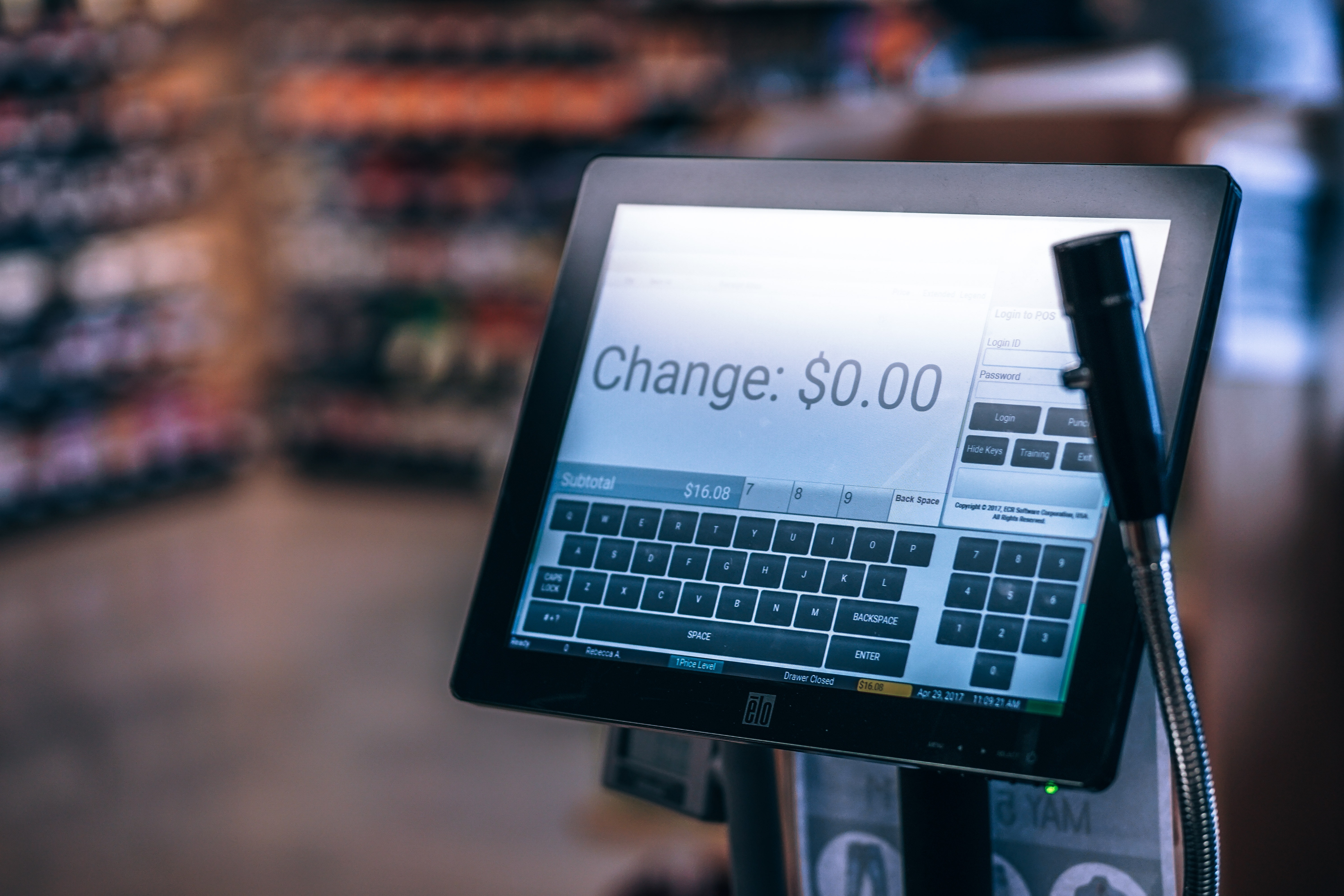In our industry, it all begins with the guest count. When it is easy to capture, you will find that your frontline staff will be more likely to consistently and accurately track the information. While there are several methods to count the number of guests coming in to your business, we have found a few ways to make the data easy to capture and actionable. Once you have solid data, you can make WISE decisions to drive your business efficiently.
Consistency is Key
It’s important to be consistent, so whichever method of guest counting you are using, make sure it stays the same over time. You can change it; however, you need to do so strategically – end of quarter, end of year, etc. and roll it out so that everyone is on the same page for a clean transition.
Some wineries install a door counter, and then divide the number in half (guest walks in, guest walks out). They may inform staff not to use that door so only guests use it. Other wineries count the number of glasses washed at the end of the day, and then use that to estimate the number of tasters. Others still will count flights or glasses sold. While these methods can be useful, we have found the best method is to establish four $0 SKUs in POS.
Just Four SKUs
Why four SKUs? We want to capture not only the number of all the guests, but what type of guest they are.
- First, we have all our “Guests” (SKU 1) – these are the all the non-club/non-trade guests that are potential wine club members.
- Then, if we know how many guests are “Returning Members” or club members (SKU 2), we can remove them from the number of guests that are potential future members.
- Tracking “Trade/Industry Comps” (SKU 3) helps us understand how much wine (and time) we spend on influencers who will help grow our brands.
- What about SKU 4? Often times, Guests will share a flight or experience. The “Shared Experience” (SKU 4) guest is still a potential, and still uses resources that we need to account for, like flushes on the potty, glassware, staff time, breadsticks, etc.
When a winery uses these four SKUS to capture the guest count by type on each transaction in POS, that information becomes actionable. Reports are easily run by any time period (day, week, month, quarter, year) to give historical perspective.
Conversions
Conversion rates all have a common denominator of Guest Count. How many guests purchased? How many joined the wine club? How many joined our mailing list? How about average order size? If you know the guest count, and type of guest, you can start to really understand your metrics and how they compare to your neighbors.
- Customer Conversion Rate: Number of new customers divided by total tasting room visitors less trade, existing customers or club members
- Sales Conversion Rate: Number of orders divided by the number of tasting room visitors (or website visitors or phone calls)
- Club Conversion: Number of new club members divided by the number of tasting room visitors (or unique website visitors or phone calls), after backing out trade and existing club members.
- Data Capture Conversion Rate: Number of customers or prospects for which contact information was captured, divided by total tasting room visitors. Or, the number of new mailing list sign-ups divided by the number of tasting room visitors, minus visiting club members, trade, and those already on list.
- Average Order Value: Total dollar sales (net of shipping and tax) divided by number of orders.
Making Business Decisions
All of that is great to understand past performance, but how does a WISE winery use that information to drive future results? There are three levers to pull: get more visitors, get more wine purchase/wine club/email list conversions, and upping AOV (average order value). It is far easier to control what is happening within the four walls of your tasting room than it is to bring in more traffic. After all, do you want spend more resources to be seeing more guests and not selling to them, or do you want to have the guests who are already walking in join the club/mailing list, purchase wine, and spend more on each transaction? Use the trend information, and forecasting, to drive future results. Understanding the data is half the battle, with focus and training, you can change future results.Read this same article on Wines & Vines or want to read more on wine clubs? Try these articles:




